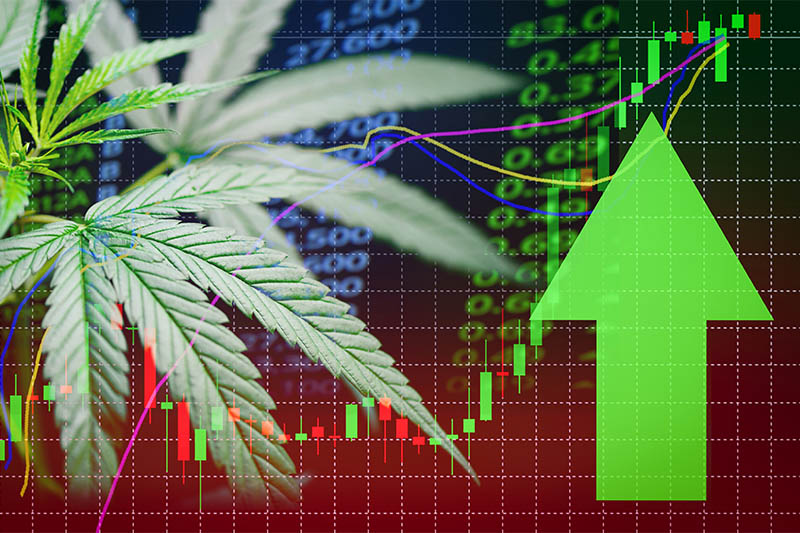The introduction of laws in many states permitting the cultivation, distribution, and consumption of cannabis products has spurred a massive influx of new cannabis-related businesses, and with it a massive amount of raw data. With 36 states now legalizing cannabis for either recreational or medical use (or both) and a new, cannabis-friendly administration, that number is only going to continue to grow. According to a report by Grand View Research, the global market for marijuana is predicted to grow to an incredible $70.6 billion by 2028. People can no longer deny the legitimacy and potential of the emerging industry, but how do entrepreneurs and rising companies navigate the messy and complex world of cannabis?
The key, as with all large industries, is understanding and utilizing available data to enable fact-based decision making. For the first time in history, businesses have access to an incredible supply of raw data due to the sudden explosion of legal cannabis operations. With the high level of competition, low differentiation among products, lack of historical data, diverse and complex regulations, and heavy marketing expenses, it’s critical that organizations learn how to use data to facilitate operations and produce actionable insights. Businesses must adopt the mindset that data is integral to decision-making at every level of the supply chain.
Cultivation
The future and long-term sustainability of the cannabis industry depends directly on the success of its cultivators. As the suppliers and initial step of the cannabis supply-chain, cultivators must manage their inventory to reflect the demands of the market and ensure that their sellers have access to the products that consumers want. Managing an effective cultivating operation, optimizing sales, and satisfying regulations in place all but necessitates the implementation of actionable data analytics.
On the farm and in the greenhouse, analytics plays a critical role in managing environmental factors that are key to cultivation such as humidity, temperature, and pH. Additionally, by analyzing raw data and crossing it with results from other sources, AI algorithms can identify the optimum growing conditions for any given strain. In an industry where even minute changes can have a significant effect on the resulting final product (and in turn, profits), it’s critical that cultivators always have access to precise and reliable data.
Collecting data can come in many forms, from human observation to advanced IoT sensors. Modern outdoor growing operations use sophisticated equipment to make adjustments that reflect weather conditions, while indoor operations rely entirely on data measurement systems to ensure an optimal artificial growing environment. Furthermore, larger farms depend on automation to monitor their crops and manage their broader range of systems. Having access to real-time data during an equipment failure or environmental emergency can mean the difference between a successful harvest or a devastating accident.
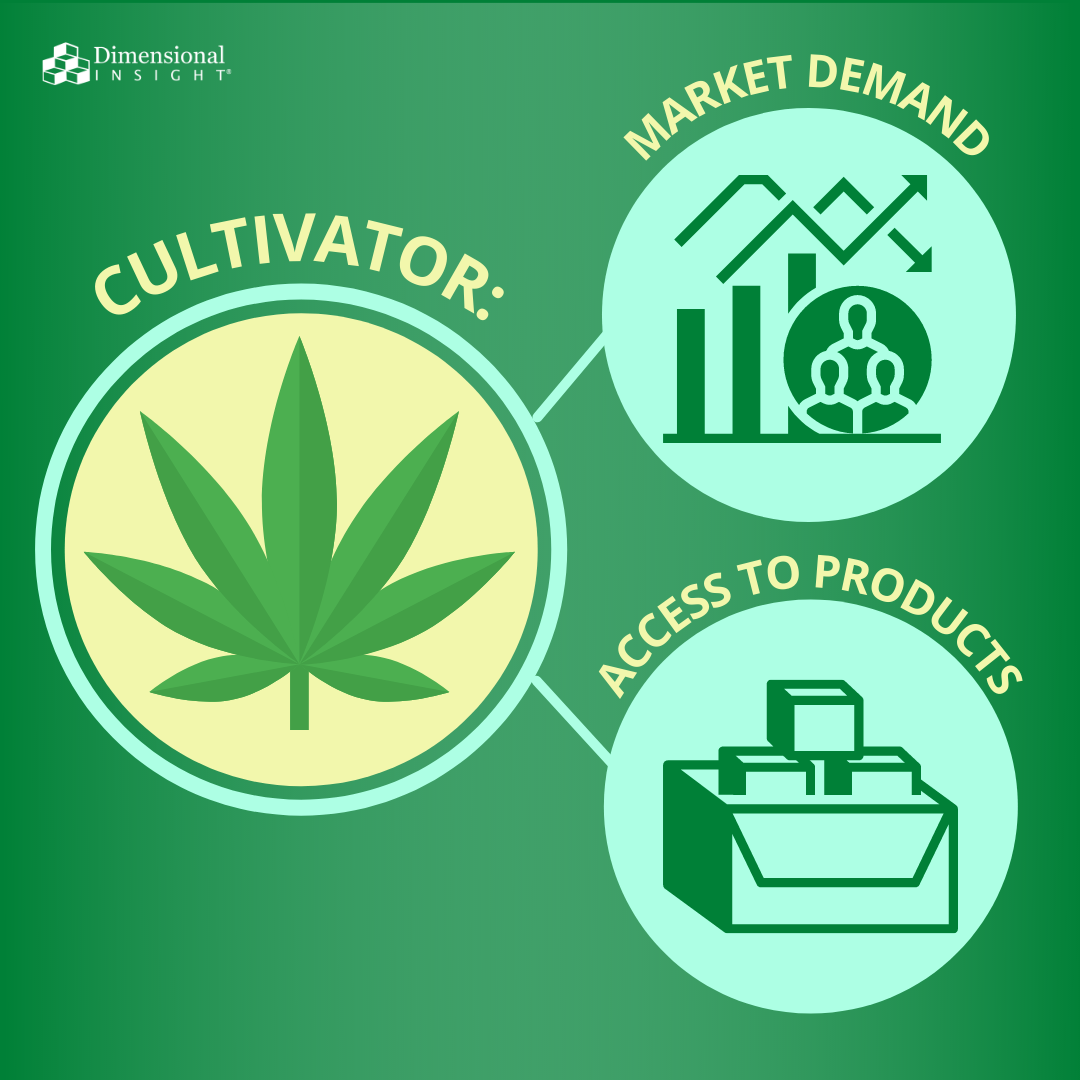
Distribution and delivery
Regardless of industry, the distribution and delivery side of a business depends almost entirely on data to ensure that their product ends up in the right hands. As the middleman between suppliers and retail, distribution channels have many streams of data they’re responsible for incorporating in their decision making. The logistical hurdles posed by the distribution side of most industries are only exacerbated by the complex regulations and short shelf-life surrounding cannabis.
Efficient data use in the cannabis industry plays a critical role in optimizing schedules, coordinating operations between growing facilities and dispensaries, maximizing cargo-loads, adhering to regulations, and minimizing risks across the value chain. Additionally, cannabis is unlike many other industries due to its fast-paced nature and rapidly changing competitive landscape, forcing businesses to constantly update their supply-chain. Such sudden shifts require real-time data and insights to ensure that businesses can adapt to the market in a timely manner.
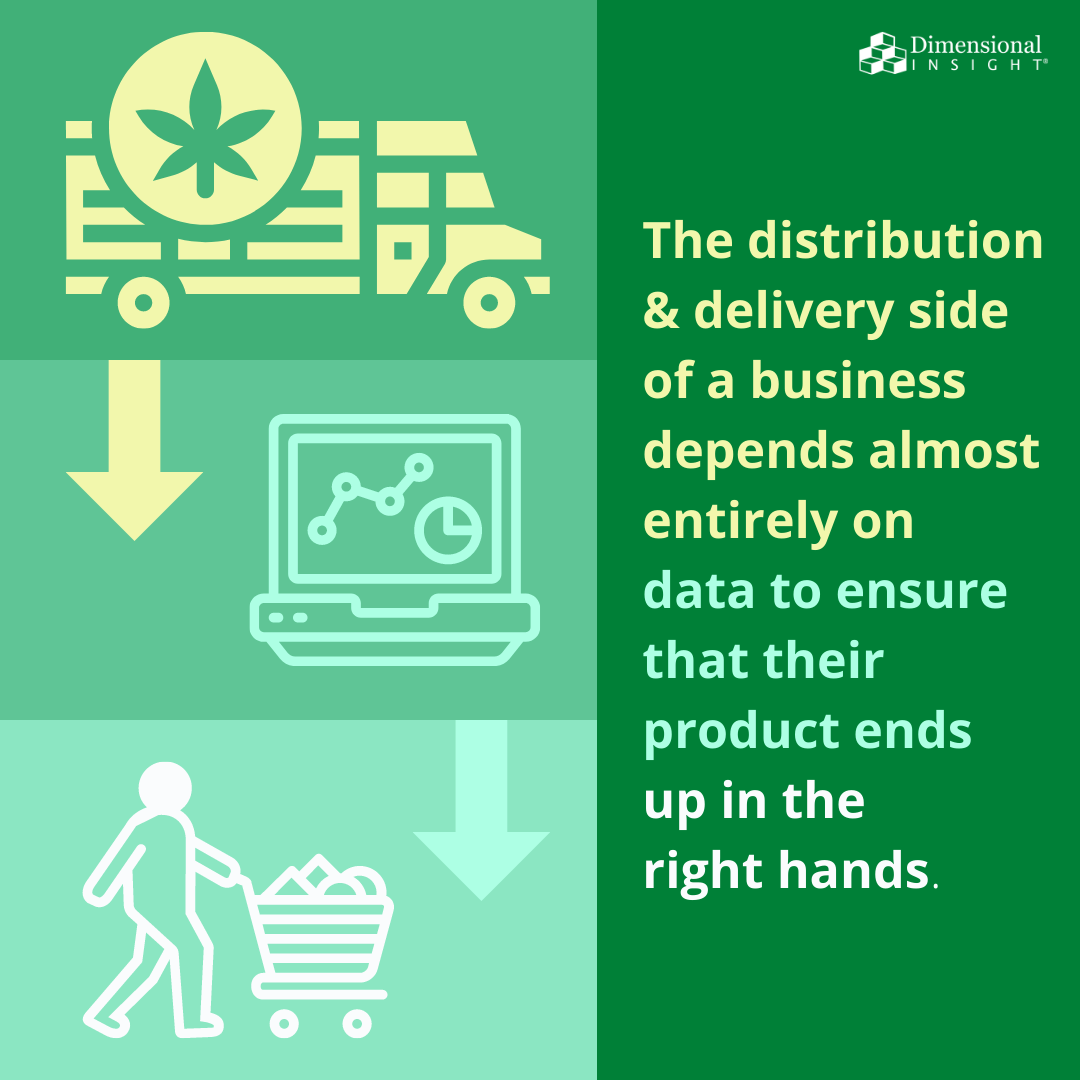
Sales
The recent eruption of cannabis into the mainstream has driven a surge in new products, new businesses, new locations, and even new consumers. The huge amount of potential in the industry also means a huge amount of data, and it’s critical that businesses utilize this data to keep up with market trends.
Recent advances in AI play a huge role in tracking consumer trends and identifying purchasing habits. By analyzing raw data originating from sales tracking systems, point-of-sales systems, consumer websites, applications, and social media, businesses can paint a better picture of their targeted audience and develop strategies to reach them. This ensures that organizations aren’t wasting time and resources on low-value products and that their inventory reflects market demand.
Furthermore, data is critical to tracking sales team performance and establishing benchmarks. Sales departments are responsible for generating revenue for the company, and poor data use can mean substantial losses in potential profits.
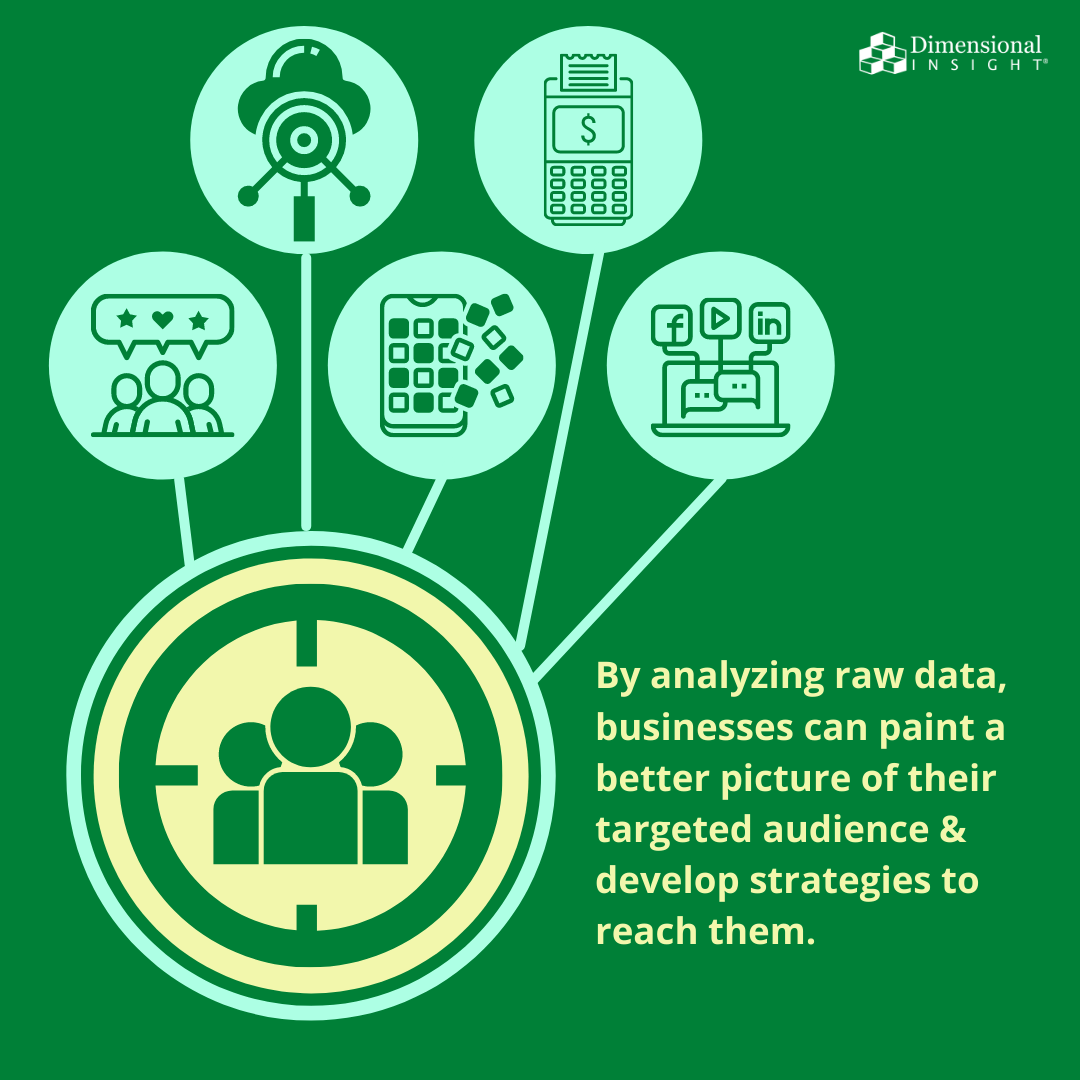
Marketing
Just like with sales, marketing teams rely on data input from many channels to learn about consumer behavior. In the modern age, branding, public image, and even product naming plays a significant role in consumer purchasing habits. For this reason, cannabis businesses need to leverage effective analytics in identifying how to best appeal to their targeted demographics.
Data collection methods have come a long way in the past few years, and new technological advances allow analysts to pinpoint with greater accuracy which of their marketing strategies are working and which aren’t.
Data on consumer behavior is also key to expanding into newer segments and reaching new customers. Predictive analytics provides businesses with the information necessary to plan ahead and create long-term marketing strategies that reflect the evolving demographics.
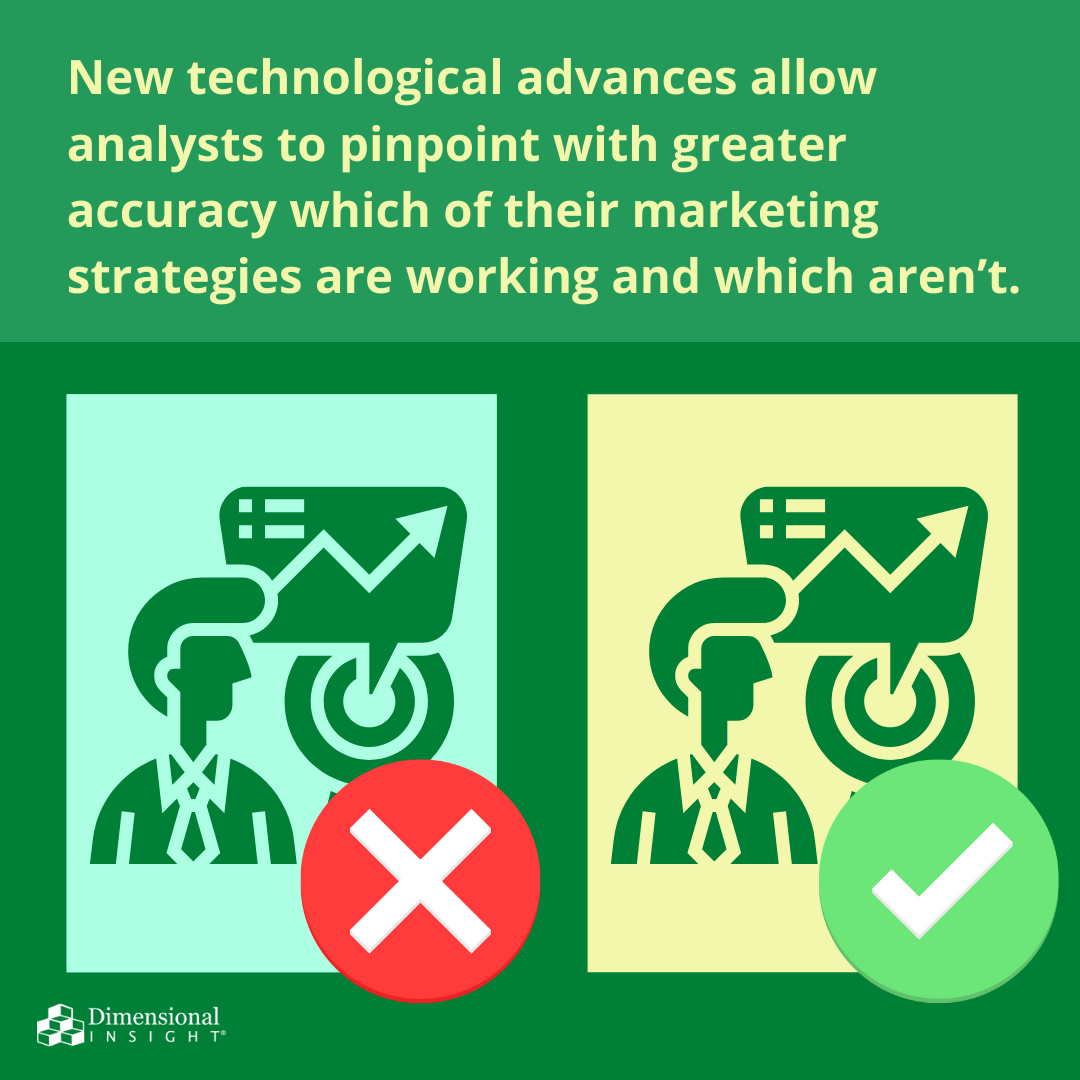
Regulatory compliance
The greatest obstacle to starting a business in the cannabis industry is, without a doubt, adhering to the many local, state, and national regulations surrounding cannabis cultivation and distribution. Although the cannabis legalization movement has come far since it first gained traction in 1996, many states still maintain strict requirements in terms of product quality and distribution. Currently, most of these requirements are monitored and enforced through data collection systems.
By employing analytics, organizations can automate their data submission process and ensure that they are compliant with regulatory measures. This not only reduces the time wasted by employees on manual labor, but also reduces the risk of human error and oversight. In such a strict and regulated industry, it’s critical that businesses always have access to accurate and reliable real-time data.
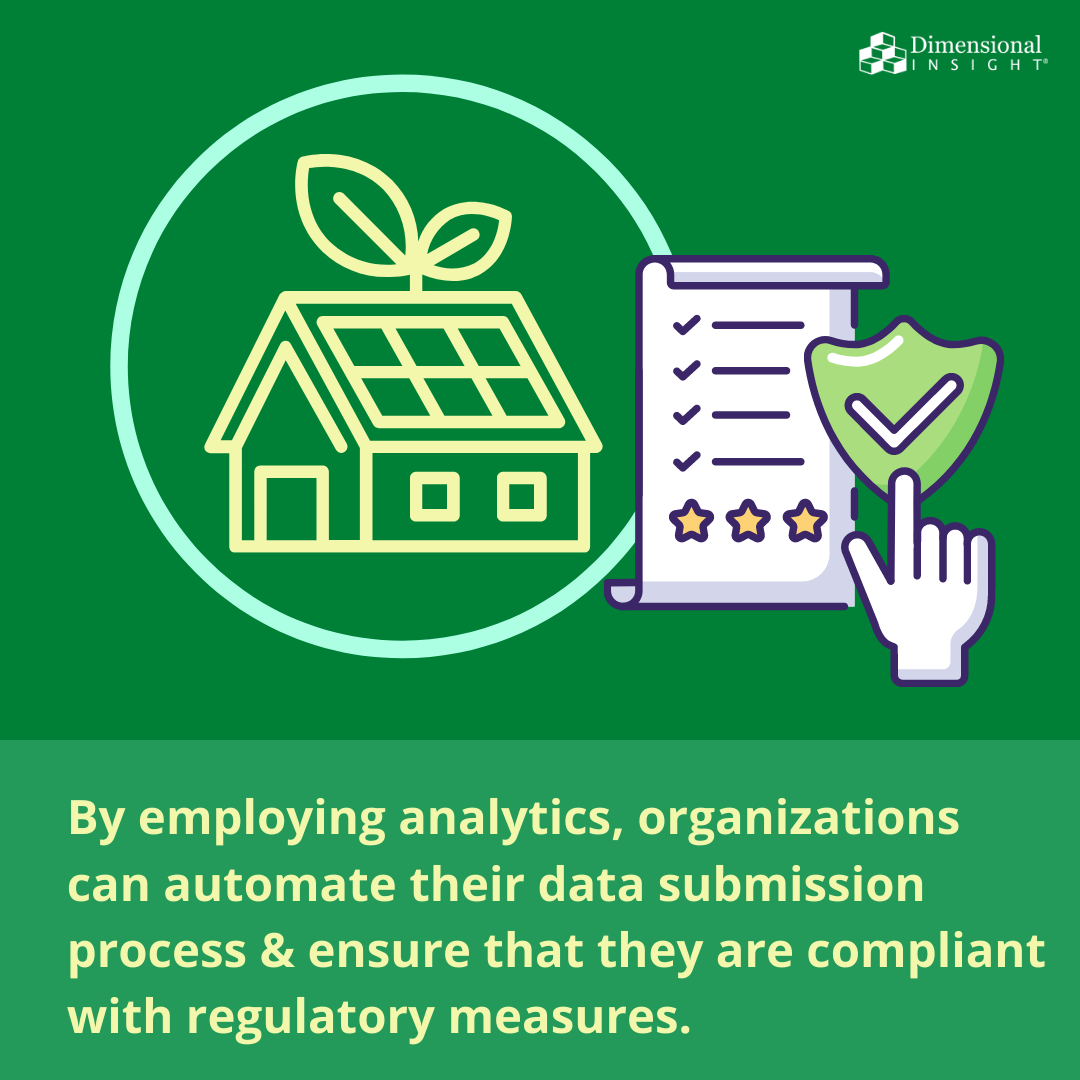
Learn more
Success in the cannabis industry will require the implementation of advanced technologies that can harness the potential of businesses’ data and facilitate complex operations. To learn more about what analytics can do for your cannabis organization, check out Dimensional Insight’s new cannabis webpage.
- How Spirits Brands Can Improve Brand Loyalty with Data Analytics - January 30, 2024
- The Collapse of Herbl, and How Other Cannabis Distributors Can Avoid the Same Fate - January 24, 2024
- Top 5 Blog Posts of 2023 - December 28, 2023

